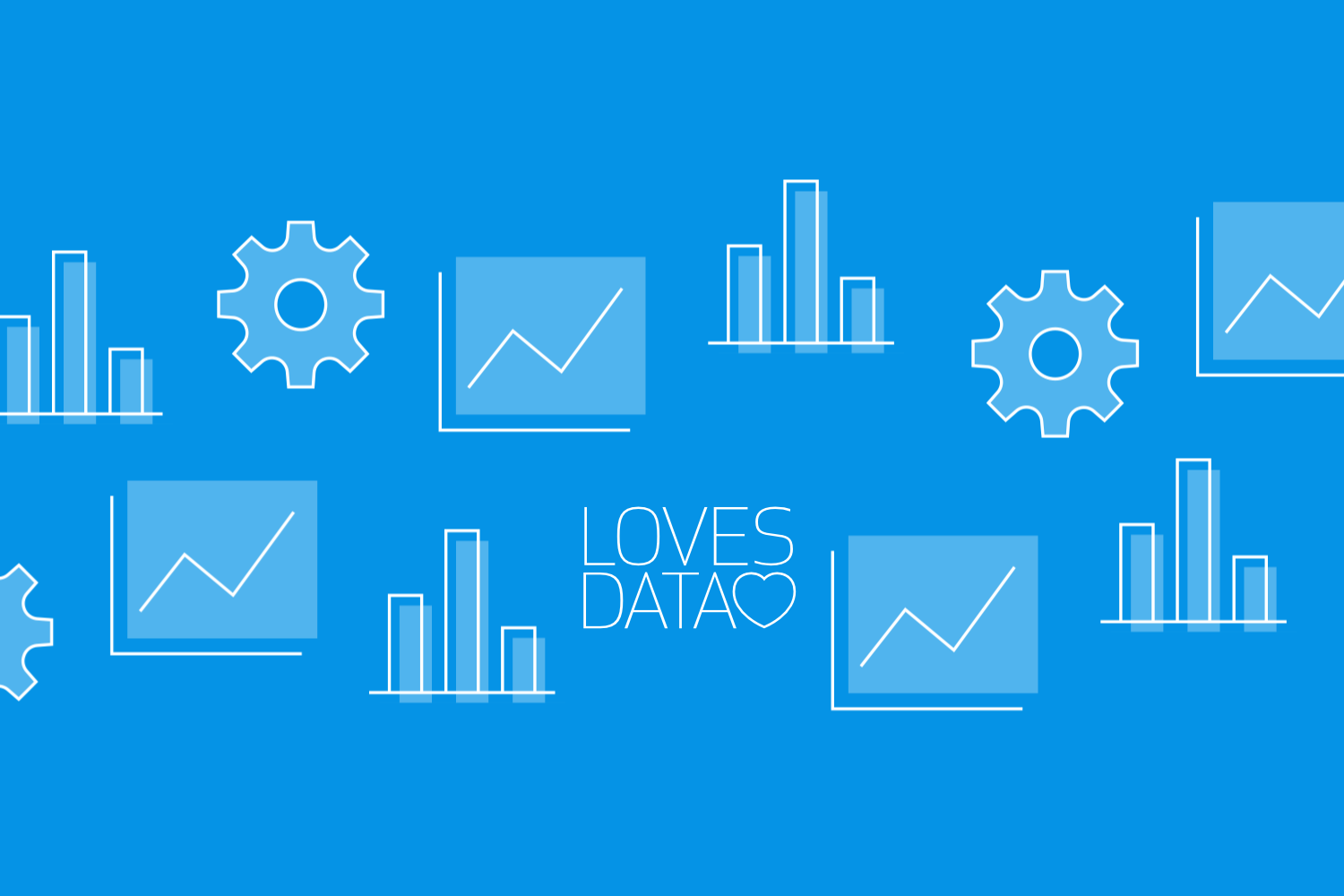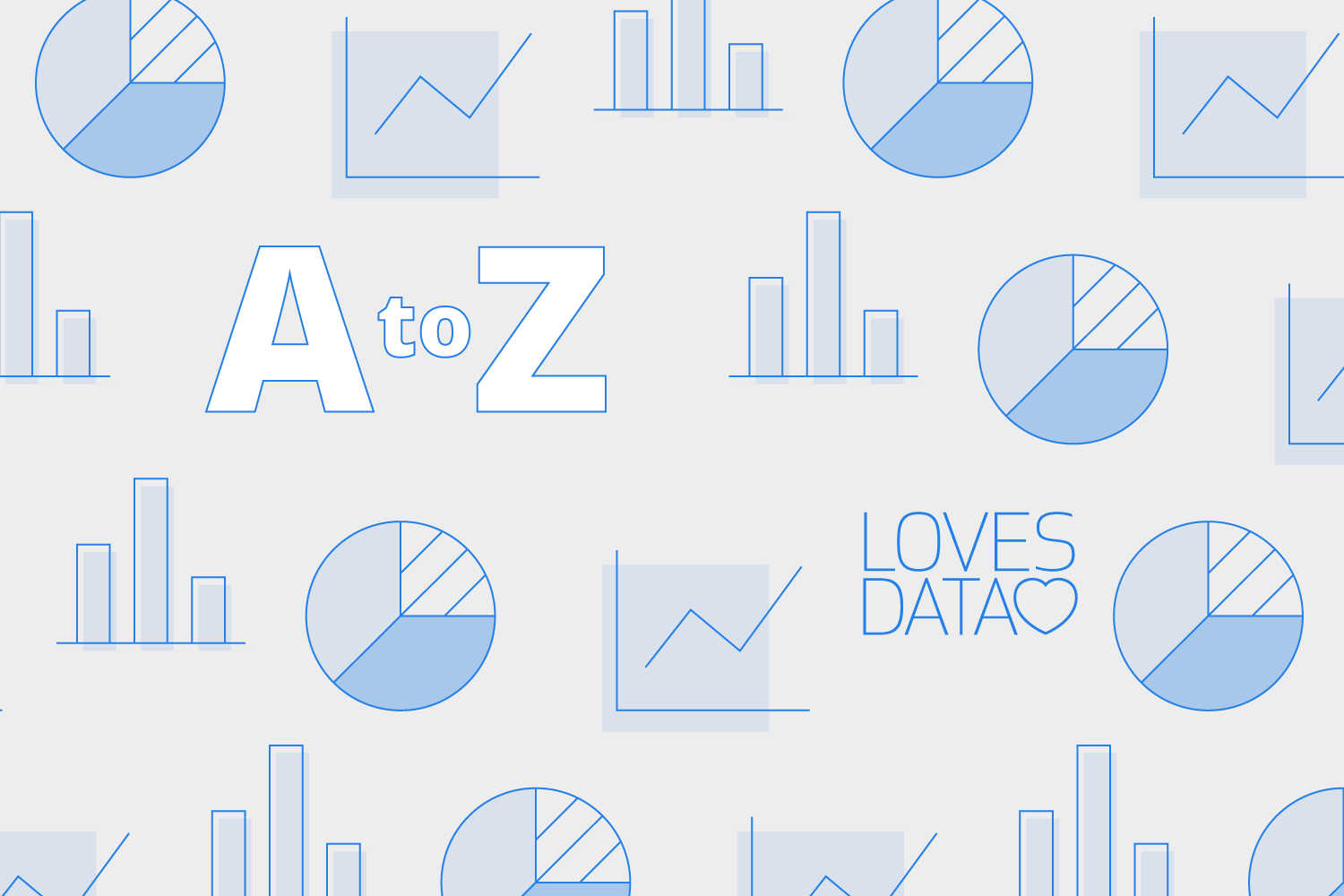Building Effective Digital Dashboards in Looker Studio
Loves Data
In today’s data-driven business environment, we are continuously seeking tools that not only simplify data visualization but also enhance our ability to communicate complex insights in an understandable manner. Looker Studio, formerly known as Google Data Studio, serves as a powerful ally in this quest, offering robust capabilities for creating dynamic and interactive digital dashboards. As we navigate the intricacies of Looker Studio, it becomes apparent how essential it is to master the art of dashboard creation to fully leverage its potential.
Starting with a solid understanding of Looker Studio’s interface and its fundamental components is crucial. This foundational knowledge sets the stage for more advanced usage, such as customizing visual elements and integrating diverse data sources which are vital in transforming raw data into actionable insights. By tailoring dashboards to specific needs, you can better track performance metrics and make informed decisions swiftly, thus driving better outcomes for your projects and campaigns.
As we delve deeper into building effective digital dashboards, our focus shifts towards optimizing layout and design to improve user experience and enhance decision-making processes. Utilizing Looker Studio’s advanced features facilitates a more granular analysis and presents data in a more engaging and comprehensible format. Let's explore how we can harness the full capabilities of Looker Studio to not only display data but make it work effectively for us.

Understanding the Basics of Looker Studio
Embarking on your journey with Looker Studio begins by grasping its essential components and capabilities. This powerful tool transforms data visualization through its user-friendly interface, allowing you to create fully customizable dashboards. First, you need to understand data sources. Looker Studio can connect with a variety of data sources directly, including Google Sheets, Google Ads, Google Analytics, YouTube Analytics, and more. Connecting a data source is the first step in unleashing the power of Looker Studio, as it feeds the data into your visualizations.
After data sources, familiarizing yourself with the types of visualizations—such as charts, graphs, tables, and reports—is crucial. Each type serves a different purpose and offers distinct ways to represent your data visually. By mastering how to use these elements effectively, you set the groundwork for deeper data exploration and analysis, making it easier for any user to find meaningful insights at a glance.
Designing Your First Dashboard: Key Elements to Include
As you design your first dashboard, focus on clarity and functionality to ensure it effectively communicates the key metrics most important to your objective. Begin with a clear structure, usually determined by the questions that your dashboard needs to answer. For example, if the aim is to monitor web traffic and user behavior, elements like source/medium charts, user demographics, and pageview tables should be prominent.
A well-crafted dashboard should not only look good but must be intuitive and easy to navigate. Include filtering options like date ranges or product categories to enable users to delve deeper into the specifics without feeling overwhelmed. Additionally, incorporating interactive elements such as hover-over effects or clickable components can significantly enhance user engagement and make the exploration of data feel seamless. Remember, the goal is to facilitate a better understanding of the data at hand, making decision-making processes as informed and straightforward as possible.
Utilizing Advanced Features in Looker Studio for Deeper Insights
To transform your dashboards from informative to insightful, Looker Studio’s advanced features provide deep customization and analytical power. Conditional formatting, for instance, allows you to highlight key data points based on specific conditions automatically. This feature helps spotlight trends and anomalies, guiding users’ eyes to the most important insights without manual intervention.
Moreover, integrating calculated fields into your dashboards can elevate the analytical depth. These fields allow you to create custom metrics based on existing data. Imagine calculating the average lead value directly within your dashboard or setting up complex formulas that reflect business-specific KPIs. Such calculations carry your data narrative forward, offering tailored insights that align closely with strategic goals. Employing these advanced features not only saves time but also enriches your data presentation, making it truly actionable.
Sharing and Collaborating on Dashboards Effectively
An effective dashboard is not just well-designed but also easily accessible to those who need it. Looker Studio excels in facilitating collaboration across teams and departments. Sharing dashboards can be as simple as sending a link, or more secure through managed access controls, ensuring only the right eyes see your data. You can decide whether teammates can view, edit, or comment, depending on the needs and governance of your project.
Real-time collaboration is another significant advantage. Team members can work on the same dashboard simultaneously, seeing changes as they happen. This functionality is crucial during fast-paced projects or when making quick decisions based on the latest data. By streamlining the collaboration process, we ensure that our dashboards are not only insightful but also inclusive, incorporating diverse viewpoints and expertise to refine our understanding and decision-making processes.
Conclusion
Throughout our journey in building effective digital dashboards using Looker Studio, the key has always been to combine clarity with functionality, ensuring intuitive designs that communicate the right information swiftly and effectively. By harnessing both the basic and advanced functionalities of Looker Studio, you can transform raw data into a powerful decision-making tool tailored to your needs.
Decode the complexities of digital data with Loves Data's guidance and support. Elevate your data storytelling skills and harness the full capabilities of Looker Studio with our training options, including our Looker Studio course.




Comments